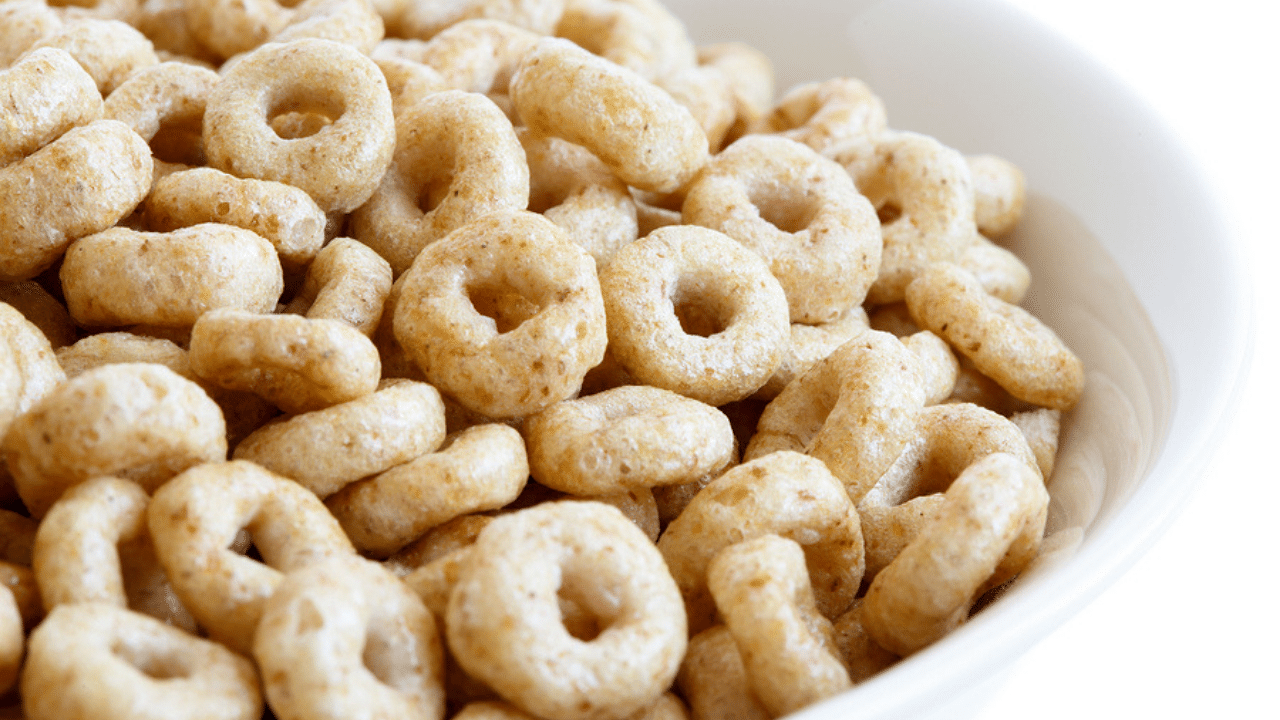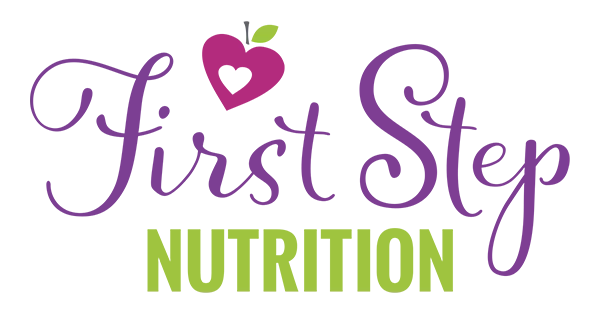
Are Cheerios safe for your kids? The scoop on Trisodium Phosphate (TSP) safety in cereals
Are there health risks of the additive Trisodium Phosphate (TSP) in cereal? Find out if this dietitian thinks you should trash your family’s cereals.
While scrolling the news, you enjoy your morning bowl of cereal and coffee. You stop mid-bite as you read: “Toxic Kids Cereals – Cheerios contain Paint-Thinner!” And look up at your baby, working on chasing a Cheerio around their highchair tray with their new pincher grasp. Yikes!
Poor Cheerios. Years ago, it was acrylamide. Then Roundup. And now this. By “paint-thinner,” the media means that cereals (and many other processed foods) contain an additive called Trisodium Phosphate (TSP).
What’s a poor parent to do?! Are there real health risks with TSP in cereal? Or is it just more fear-creating, click-bait headlines?
Read on to find out of this dietitian thinks you should trash your cereal (and basically most processed food products) containing TSP.
What is Trisodium Phosphate?
Lots of processed foods contain TSP. Popular cereals, processed cheese, jams, pop, processed meats, fast food and more all contain TSP as a preservative.
Trisodium phosphate is used as a thickening agent and to regulate acidity in foods. This can extend the shelf-life of products – and help ensure food safety.
These sodium phosphate additives are a combination of sodium and phosphate. Phosphate comes from phosphorus, a mineral needed in our bodies for bone health, acid-base balance and more.
Our bones store most of our body’s phosphorus. And we get rid of excess through the kidneys.
Sources of natural phosphate in our diet
Our intake of phosphates is not just from processed foods. Dairy products beans, nuts and meat naturally contain phosphorus.
Here are examples of foods and their natural levels of phosphorus:
1.5oz of cheese contains about 250mg
3/4 cup of beans contain about 180mg
1/4 cup sunflower seeds contain about 380mg
1.5oz salmon contains about 190mg
This type of naturally occurring phosphorus is known as organic phosphorus. Thirty to 60% of natural organic phosphate is absorbed. We absorb animal sources more easily than plant sources.
How much trisodium phosphate (TSP) is in cereal?
According to the nutrition facts label, Cheerios contain 10% DV for phosphorus. This is about 125 mg per cup.
Table 1 on this site shows the phosphorus content of breakfast cereals. It ranges from about 50mg to 233mg. The 233mg phosphate is from Kellogg’s All-Bran -generally considered a healthy cereal!
The type of phosphorus in food additives like TSP is called inorganic phosphorus. The concern with inorganic phosphate used in additives is that 90% or more is absorbed by our bodies.
How much phosphorus do we eat?
One study of food records of over 9,600 healthy Americans found that only 0.2% of participants exceeded the upper tolerable phosphorus limit of 4,000mg daily. But thirty-five percent of participants consumed >2 times the recommended intake (or 1400mg +).
Is it dangerous if excess phosphorus is absorbed?
Before allowing a food additive, Health Canada looks at any health effects. And how much we may be exposed to, plus the potential safety concerns. And Food Regulators around the world categorized TSP as “Generally Recognized as Safe “(or GRAS).
But in the study mentioned above, those taking over 1,400mg of phosphorus per day had a higher mortality rate.
Doesn’t sound good, does it?! As is common in research, there are conflicting studies. This study also looking at added and natural phosphorus intakes published in 2022, found: “No meaningful associations between phosphorus and mortality.”
Another concern about high dietary phosphate intake is that research has shown it may cause cardiovascular disease. But other studies have shown a decreased risk of heart disease with increased phosphorus intake! Uggg.
This paper does a good job of discussing what we know and have yet to learn in terms of phosphate and heart health. One concern for the population, in general, is that while phosphorus intakes have been increasing, calcium intakes have been decreasing.
High phosphorus with low calcium intake can lead to increased parathyroid hormone levels. Which may cause loss of calcium from bones and hence weak bones.
Who is excess phosphorus especially dangerous for?
The good news is we can excrete small amounts of excess phosphorus through urine. If we have functioning kidneys.
High levels of blood phosphorus is a problem for people with chronic kidney disease. Those with renal disease have decreased ability to excrete phosphate (organic or inorganic) at normal levels. They need a low-phosphate diet.
Takeaway: Is trisodium phosphate in Cereal Dangerous?
Excess phosphorus shouldn’t be a huge concern for those without health issues (namely kidney disease). But it does seem that we may need to be concerned with lower bone density (at lower intakes of calcium).
However, excess phosphorus may be a health concern at high intakes (more than double the recommended intake). This could be easy to achieve if you consume lots of processed foods. Remember, we absorb phosphorus from TSP at higher rates compared to the naturally occurring phosphorus in foods.
The problem is we need more and better research and don’t have a lot of conclusions yet. Surprise!
The good news is that we all get to make decisions that we feel comfortable with for our families. It’s part of our job as a parent to decide what foods we bring into the house.
Of course, for many reasons, it’s great to go for non-processed foods when you can. But I’d be more concerned with the added salt and sugar (and lack of fibre and nutrients) in most processed foods than with the added preservatives. Especially if the majority of your diet is non-processed food.
I don’t believe Cheerios are dangerous, and I still buy them for my family. So you can stop stressing – go ahead and finish your breakfast in peace!
What do you think? Let me know in the comments below! And hop over to Instagram for more tips on feeding your family.
Founder of First Step Nutrition | Registered Dietitian Nutritionist
Jen believes raising happy, well-nourished eaters who have a healthy relationship with food doesn't have to be a battle! She is an author and speaker with 18 years of experience specializing in family nutrition and helps parents teach their kids to try new foods without yelling, tricking, or bribing.






Eldora Wright
Posted at 09:24h, 10 FebruaryI used an app called YUKA and it says they have trisodium phosphate.
Jennifer House MSc, RD
Posted at 13:45h, 10 FebruaryI didn’t say there was no TSP in Cheerios. The blog discusses whether or not it’s a concern.
Jim Lawrence
Posted at 18:18h, 19 FebruaryCheerios doesn’t have any trisodium phosphate in it. It has tripotassium phosphate. I know they are similar, but you kept saying over and over trisodium phosphate when Cheerios doesn’t have that in it
Jennifer House MSc, RD
Posted at 08:15h, 22 FebruaryInteresting. In Canada where I live, they do contain Trisodium Phosphate: https://www.cheerios.ca/products/cheerios/